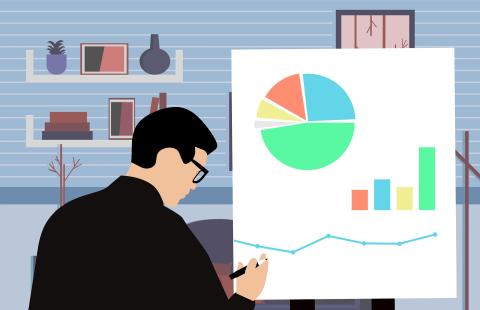Q1 Sales Trends & 2022 Predictions

The past few years have brought a lot of surprises for the automotive industry. While many predicted 2022 would be the year of healing and finding “normal,” Q1 has proven otherwise, and we had been hoping for something that looks “normal” by the end of 2023. This is now looking more doubtful as we continue through 2022.
So what are the trends we’re seeing that are impacting sales?
Some things haven’t changed.
Production is still moving like molasses. Car lots still look like ghost towns. Supply chains are still struggling, and, of course, the recent events in Ukraine and earthquakes in Japan have been the cherry on top. Dealerships have adapted as best they can and many are taking orders for vehicles for what they cannot offer on site. Surprisingly, some dealers now prefer having a reduced new car inventory as it cuts down on their floor plan costs, keeping more money in their pockets.
The impact.
As a result of current events and low inventory, the SAAR has been dropping month-by-month this year. In fact, just from February to March, there was a 5.3% decrease. Luckily, in April, light vehicle sales had an increase despite previous months. Along with light vehicle sales making a comeback in April, another area that experienced an increase in sales in Q1 is electric vehicles.
To give some perspective, since March of last year, there’s been a 24.4% drop in the SAAR. Outlook for the SAAR in the coming months is pretty much the same pattern as the same issues have been lingering for quite some time.
Although consumer demand has been carrying the weight, we are now seeing a correlation between low inventory and lower sales in Q1. Industry sales are down nearly 20% comparing April 2021 to April 2022. Service departments at dealerships are also seeing a drop in revenue this year.
Something new.
While this was already forewarned, the Fed has started implementing 500 basis point interest increases. The Fed has announced that they will likely continue to increase quarterly at the same rate throughout the year. Just one percentage point added to an auto loan rate is a 3% increase in a customer’s monthly payment. These interest rate increases will make it less feasible for buyers to get that low monthly payment that has been so attainable over the past two years. Add to that the Fed has now restricted the “QE” program to reduce the US money supply, and the stock market has reflected this change recently with fluctuations, mostly on the downside!
Something that buyers were enjoying last year was the higher value in their used car trades. That doesn’t look to be the case this year, and used car values, while still high, have “topped off.” Although that reduces trade-in values for customers, it could help the inflation issues we are seeing. That said, it is uncertain whether this will cause car transaction prices to fall if used car retail trade-in values do not stabilize. As of now, half of the experts say they will decrease, and the other half say they will increase. As mentioned, the Fed’s anti-inflation tactics could very easily also cause a reduction in consumer demand as interest rates rise this year.
Desperate times.
Economists are trying to paint a somewhat pretty picture, hoping for the best. In reality, inflation is a product of the large list of problems the industry has been facing for years. While raising interest rates could help reduce consumer appetites, it might not reduce demand to the extent needed to control inflation. If that is the case, car prices will remain robust. It is going to take time for inventory to replenish. The increasingly popular view in the Industry is that inventories will likely take at least 24 months to recover.
The Fed’s goal for 2022 is to fight inflation. The Industry wants to produce and sell more new vehicles, two opposing directions. Every action has its consequences. Unfortunately for our Industry, controlling inflation has to be the “real” goal. Dealers have made extreme profits for two years and will for at least another year. The dealers’ modus operandi should be to implement a more conservitive economic policy within their dealerships as we move to the next stage of what has been quite the roller coaster ride!






